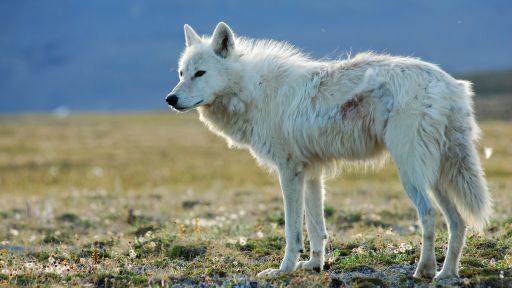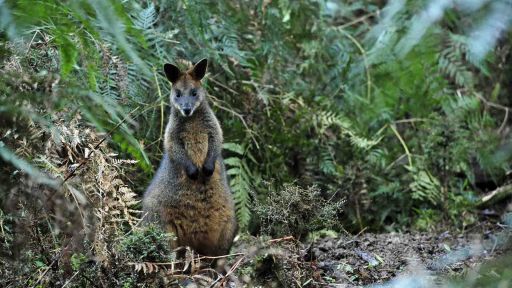Features
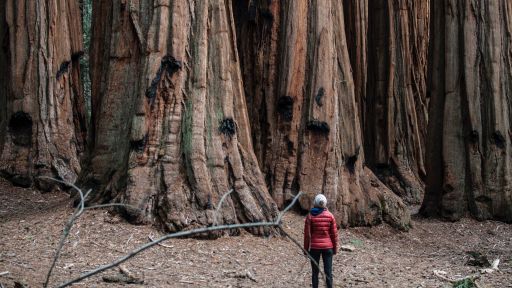

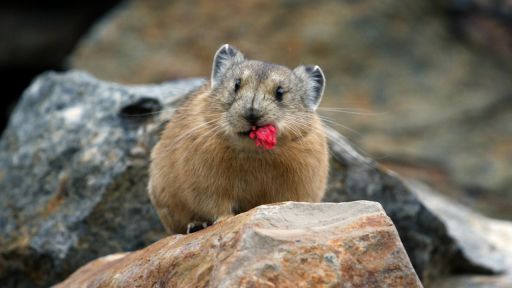
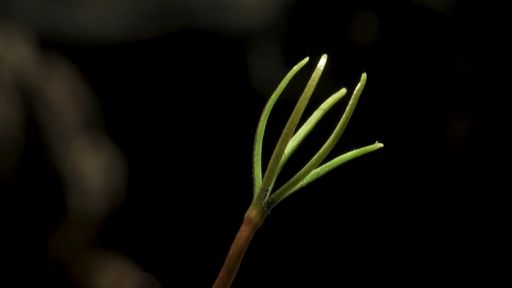

- [Announcer] Snow melt is the engine that drives life in the Sierra Nevada, and in early spring it feeds countless rivers and streams.
Just below the surface, remarkable events are unfolding.
Sierra newts spend most of their lives on land in the moist parts of the forest, but once a year they return to their place of birth to seek out a mate.
(water burbling) Males patrol the shallows awaiting the arrival of a female.
The minute she enters the water, (dramatic music) males are upon her in an instant.
Competition is fierce.
In just a few moments, the mating ball has formed with more than a dozen males competing to mate with a single female.
This lucky male manages to escape with his bride.
(relaxing music) Courtship can go on for hours.
All this tail wagging is foreplay for newts.
After an extended mating dance, he makes his big move by rubbing his chin on her nose, a way of exciting her.
The male will then deposit spermatophore.
It's a small package containing his DNA that the female will then use to fertilize her eggs.
She may lay up to 200 eggs on submerged twigs at the river's edge.
If left undisturbed, the larvae will hatch in about eight weeks time.
It's a remarkable cycle that happens every spring.
(water burbles)
You May Also Like
